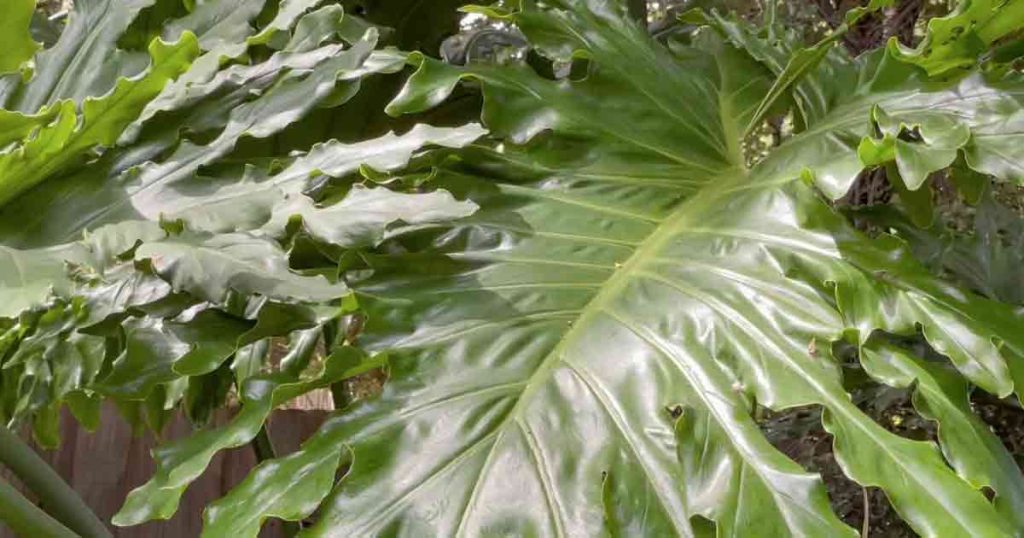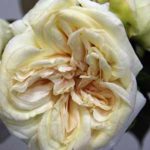Tree Philodendron

Although sold as an Indoor plant Philodendron selloum syn. P. bipinnatifidum and now correctly named Thaumatophyllum bipinnatifidum is really an outdoor plant that is more of a sprawling shrubby tree that an actually tree.
It can be grown indoors, and with its large deeply lobed leaves is certainly a show stopper indoors or outdoors.
This is an epiphytic plant, large drooping leaves with the deeply incised lobes reaching nearly to the central stem of the leaf.
From South America from Brazil through to Paraguay and Bolivia, so tropical to warm temperatures climates. In warmer zones it is evergreen, in cooler climates it will die right back in winter and with luck, regrow from the large underground root system in spring.
How To Grow the Tree Philodendron – Philodendron selloum
Outdoors it requires USDA Zones of 8b through 11, indoors it requires good filtered light, moist soil and good air flow.
Growing Philodendron selloum Indoors.
You will need a large container as the plant grow, however start in a small container and pot up as needed.
- Potting Mix/Soil
Use a good quality indoor potting mix, free draining yet moisture retentive.
A position in good bright filtered lights best. Very low light conditions are not suitable. - Watering
This is naturally an epiphytic plant and as such will not tolerate wet soggy soils. Allow the soil to dry a little between waterings and do not let the pot sit in saucers of water.
Leaves turning yellow usually indicate overwatering.
Yellow leaves with brown dried edges can indicate under watering. - Fertilizer
Fertilise every 4 weeks from spring through to fall. Do not fertilise over winter. Use a liquid slow release fertilizer formulated for indoor plants. - Repotting
How often you need to reply your Philodendron selloum will depend on growth rate. Usually every 2 years when grown indoors. The best time to pot as is for most indoor or house plants, is in late spring.
The root like growths that do not put out leaves are actually aerial roots, they act as a support for the plant.
This is a plant sometimes confused with Monstera delicosa, but easily identified by the split leaves which divide the leave from edge to leaf spine, while M. delicosa has holes on the leaves.

